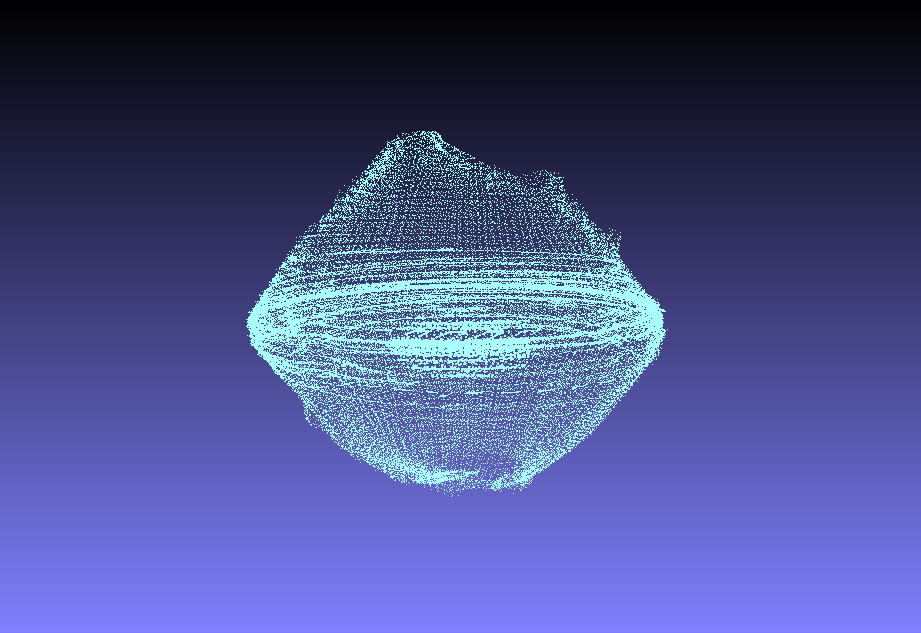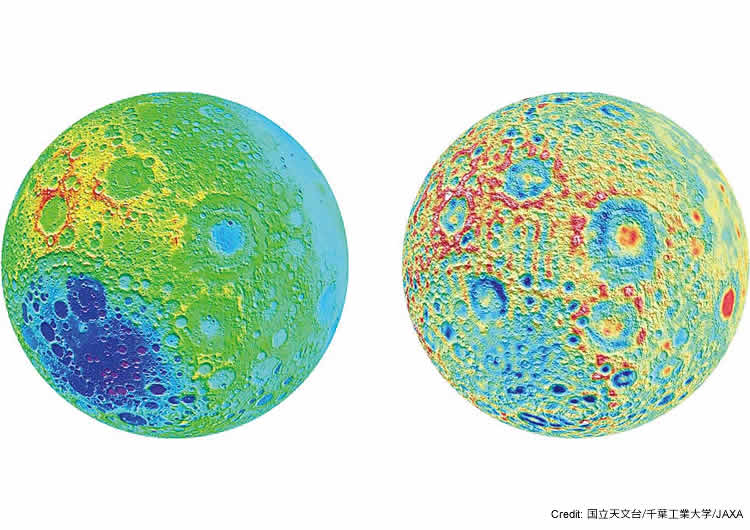About RISE
The RISE (Research of Interior Structure and Evolution of Solar System Bodies) Project conducts research to investigate the interiors of planets and satellites in the Solar System in order to understand the origin and evolution of the Solar System, as well as the origin of life. Our motto is to conduct research based on observational data. For this purpose, we are working with JAXA and other research institutes in Japan and overseas to obtain data from lunar and planetary exploration.
Formerly the RISE Project was tasked with measuring the gravity and shape of the Moon, through laser altimetry and VLBI observations of the Lunar Explorer “KAGUYA.” The project was redefined in April 2012, to conduct research and development not only for the Moon, but also for the Martian satellites, Jovian system, and asteroids. Together with JAXA, domestic and international Co-Investigators, we conducted scientific observations using a laser altimeter on board the asteroid explorer “Hayabusa2.” In the extended mission of Hayabusa2, we also contribute to the planning of proximity observations of an asteroid scheduled for 2031. For “JUICE” (JUpiter ICy moons Explorer), we have participated in the development of the Ganymede Laser Altimeter (GALA) as part of an international joint team including Germany, Switzerland, and Spain. For the Martian Moons eXploration (MMX) mission, we will not only participate in the laser altimeter team, but also lead the international Geodesy Science Strategy Team (G-SST) to contribute to the elucidation of the origin and evolution of the Martian satellites. We will continue to acquire high-quality observation data with our own hands, and challenge ourselves to make new discoveries.
Shape Model of Asteroid Ryugu and Lunar Topographical Map

Shape model of asteroid Ryugu by the laser altimeter aboard Hayabusa2 (Credit: NAOJ, JAXA, Chiba Institute of Technology, University of Aizu, Nihon University, Osaka University). The topography and gravity of the asteroid Ryugu were revealed by tracking the spacecraft and target markers. From this, we obtained hints that there may be small inhomogeneity in the interior of the asteroid. We also investigated how sand and stones roll on the surface to form the unique shape of the asteroid.

Topographic map of the Moon (left) and gravity anomaly map (right) acquired by KAGUYA (Credit: NAOJ , Chiba Institute of Technology, JAXA). For the first time in the world, the precise gravity field on the far side of the Moon was determined, and the topography, including the polar regions, was clarified. Such geodetic studies have revealed that, immediately after its formation, the Moon had differences in crust thickness and internal temperature between its near and far sides. It is also believed that even now, high temperatures are still maintained deep within the Moon.